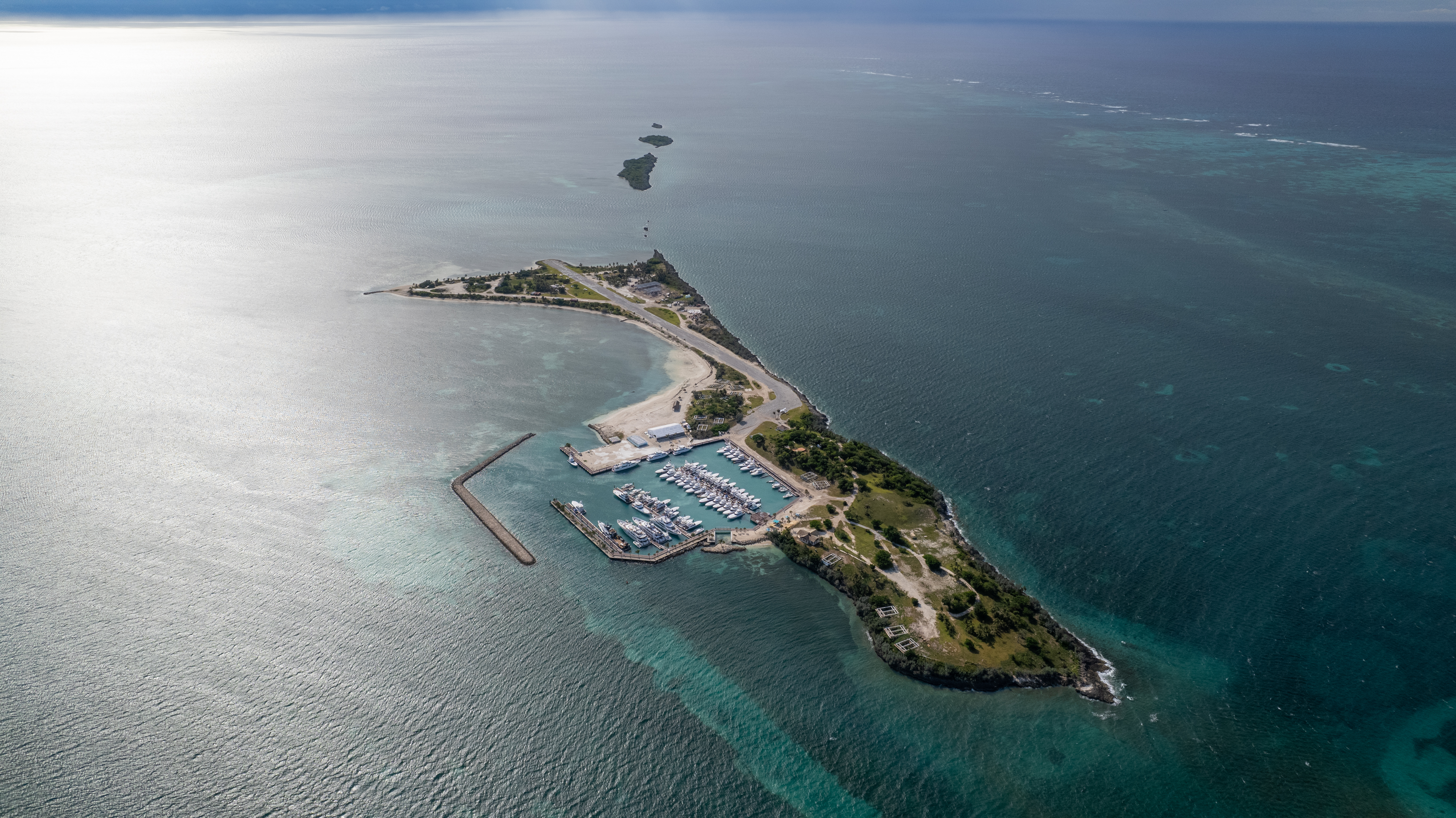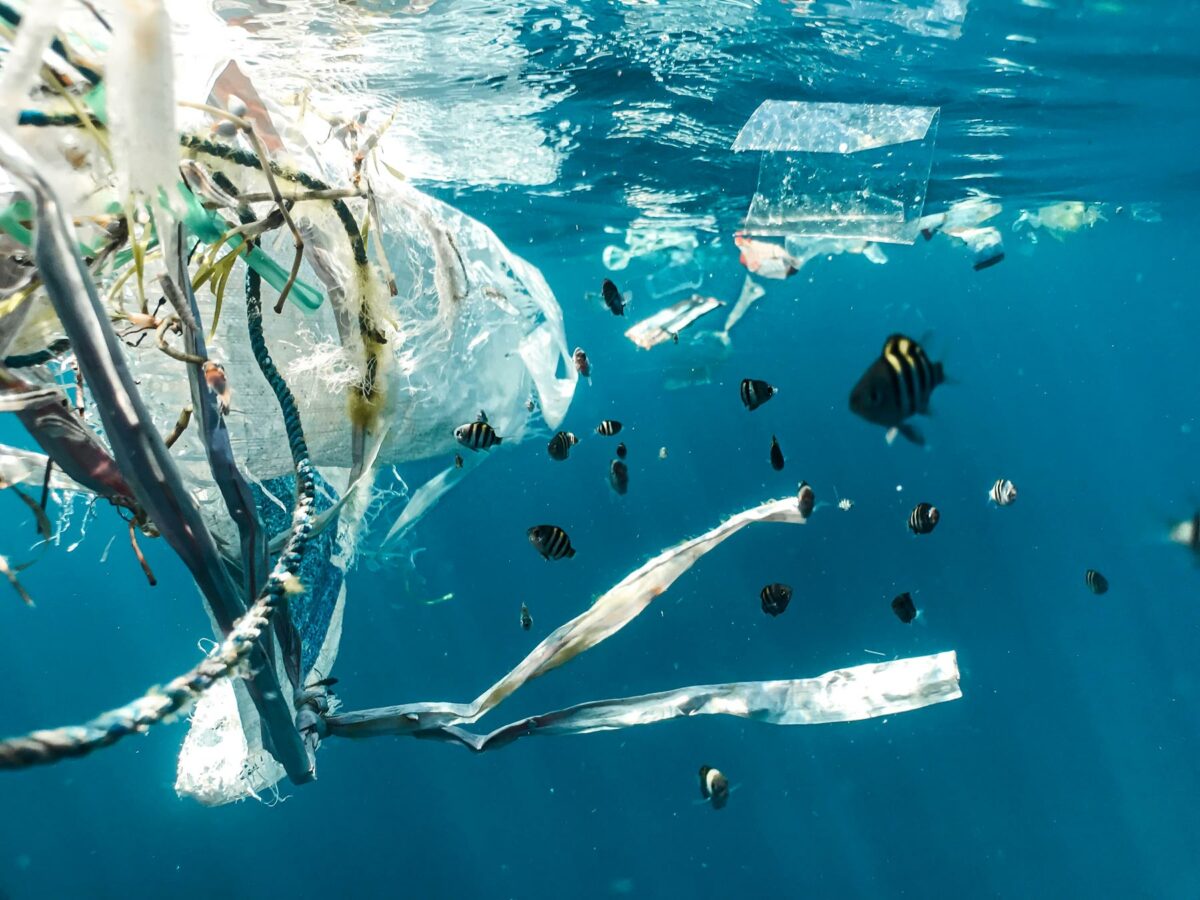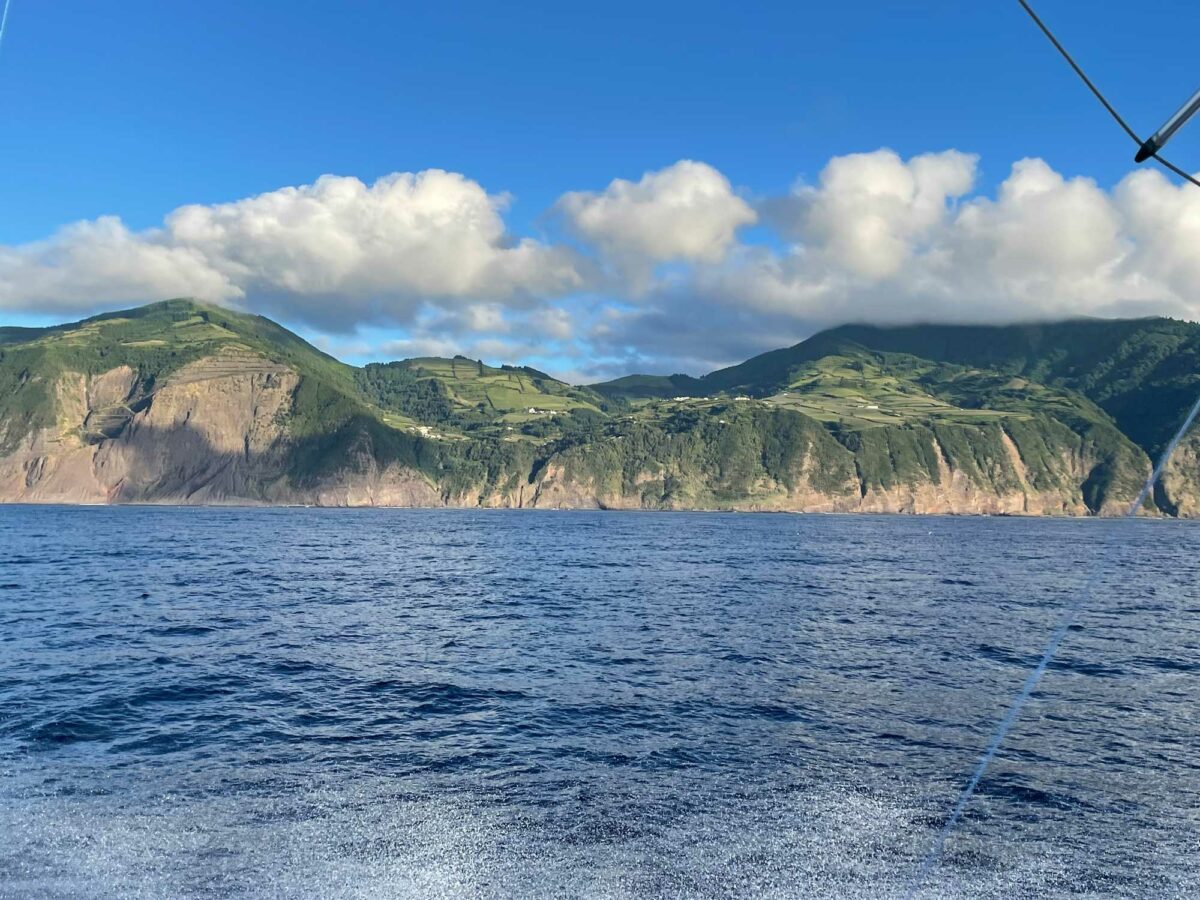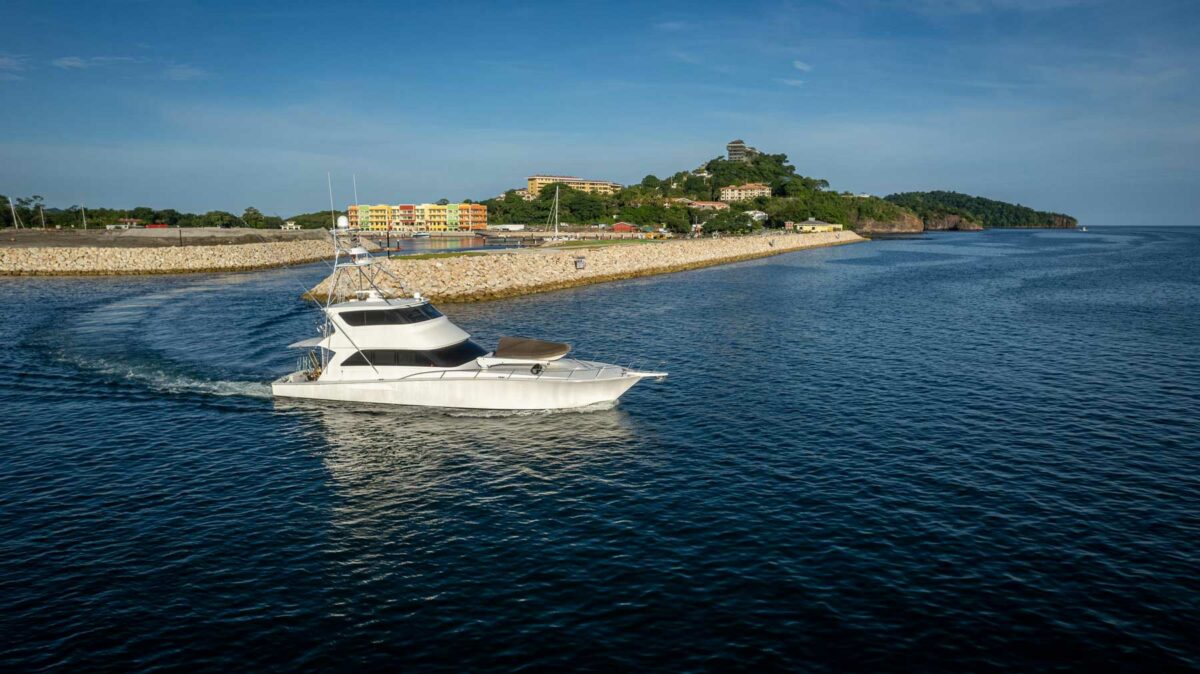Table of Contents
A Great Fishing Spot Makes a Comeback
Having heard tall tales about the fishing in its surrounding waters for years, I finally made my first trip to Walker’s Cay in 1985. Located at the northernmost part of the Bahamas, Walker’s remains the northernmost inhabited island in the entire island nation. Only three small rocks sit just northwest of the island, and Bermuda is the next stop north from there.
The island got its name from a British judge sent to the areas to fight piracy in the 18th century. Thomas Walker served as a stand-in governor for the Vice-Admiralty Court in Nassau on New Providence Island when pirates first arrived. Walker and his men captured multiple pirates, and it wasn’t long before he began receiving threats on his life. Walker and his family fled to an island 170 miles northwest of New Providence, the island now known as Walker’s Cay. Three years later, Walker would serve as Chief Justice in the trials of some the worst of the Bahamas pirates. Thomas Walker died in 1722, never to return to the island bearing his name, and Walker’s Cay would remain uninhabited for over 200 years.
A New Fishing Destination
Walker’s reputation as a sport fishing destination began in 1935, when a Palm Beach, Florida businessman named Buzz Shonnard leased the island from the Bahamian government and built a marina, an airstrip, and a small hotel. The island’s proximity to the Palm Beach area (just over 100 miles east) made it an attractive and easily reached destination, and its reputation for both offshore and inshore fishing grew quickly. Walker’s closed to the public briefly during the Second World War when the U.S. military put it to work as an anti-submarine base but reopened to the public in 1947. American businessman Robert Abplanalp, the inventor of the modern-day aerosol valve for spray cans, became a frequent visitor to Walker’s and eventually bought the lease on the island in 1968. Abplanalp continued to develop it as a sport fishing destination, while also actively promoting conservation, including encouraging tag-and-release fishing beginning in the early 1970s.

Walker’s Cay A Blue Marlin Mecca
Walker’s Cay earned a reputation for its offshore fishing, particularly as a destination to catch large blue marlin. This attracted the attention of tournament organizers, most notably, the famed Bertram-Hatteras Shootout. The Shootout began in 1980 and a promotional tool to exploit the rivalry between these two iconic boat builders, and it took place in Walker’s until the event outgrew the venue, eventually moving to the larger Boat Harbour Marina further south in Marsh Harbour. But the early Walker’s-based Shootouts remain the stuff of legend, generating many a great party story, along with some awesome fishing.
We’ve enjoyed many great days offshore of Walker’s over the years and has lots of great catches. The winter wahoo fishing to the west of Matanilla reef can be world class. The first big one I caught there was in 1994. My crew and I were sure it was pushing 100 pounds, but veteran captain Billy Black, who chartered out of Walker’s for decades, knew better. When we threw the fish on the dock, he called out “75.” When we weighed the fish, it tipped the scales at exactly 75 pounds. “You boys ain’t seen many hundred-pound wahoos, have ya?” he said. He was right, we had not.
Lots of Firsts
I had the pleasure of catching a lot of people their first blue marlin at Walker’s, and we took a group there one August in the late ‘90s as part of a trip we had sold at a Coastal Conservation Association Banquet. None of the guys on the trip had ever caught a billfish, and while I did my best to lower expectations about our chances of catching a blue in August, we ended up going three-for-three on small blues that day, all caught on lures. And while spring and summer were obviously best for marlin, I did manage to catch one of the Walker’s bartenders his first blue marlin on New Year’s Day.
We’ve also enjoyed stellar action with yellowfin tuna as they migrate by, and while looking for blues, you’ll inevitably encounter the occasional white marlin or sailfish. While live-baiting a traveling school of yellowfin one year, for example, we had a pod of sailfish pop up on the livies right in the middle of the tunas and had the unique experience of having yellowfin tunas and sailfish hooked up at the same time. That doesn’t happen often.
While Walker’s reputation as a top-shelf offshore destination grew, its inshore fame grew as well. The area’s shallow flats and the island’s location at the extreme northeast corner of the Little Bahama Bank, made it perfectly situated for both kinds fishing, and many people took advantage of that. There aren’t many places where you can catch a blue marlin in the morning, and a world-class bonefish in the afternoon. That’s possible at Walker’s. As Carl Allen said, “Walker’s is the place where bones meet billfish.”
Prime Flats
We began exploring the flats around Walker’s and other close-by islands, like Great Sale Cay, with tremendous results. In 1993, Capt. Bob Rodgers, then the Director of Fishing (what a title!) for Walker’s, led my seven-year-old son Ben to his first bonefish. Flats abound to the southeast from Walker’s, but you really don’t have to go far to find fish. The “Airport Flat,” aptly names because it’s located off the end of the runway at Walker’s, usually hold schools of fish and gets almost no pressure. Permit live there too. John Abplanalp, Bob’s son, caught what is believed to be the northernmost permit ever caught on a fly rod there.
It’s almost overkill to mention the fishing on the Little Bahama Bank itself. It teems with life, most notably mutton and mangrove snappers, but you can also sometimes find cobia in the winter, horse-eye jacks (a personal favorite), and lots more. Any type of structure on the bank will hold fish, and you can fish the backside of Matanilla reef from the bank too. This is undoubtedly a world-class mutton snapper fishery, second to none.


Remote But Accessible
More on Walker’s unique location: As we’ve pointed out, the island sits at the northern end of the Abaco chain of islands, and it’s relatively isolated from other population centers. Except for Grand Cay (see sidebar), located five miles to the southeast, there’s not another inhabited island for miles. Spanish Cay sits closest, 55 miles to the southeast, but Spanish is a private island with a small population. In the other direction, Matanilla Reef extends west-northwest, eventually becoming Matanilla Shoal toward the northwestern tip of the Little Bahama Bank, about 45 miles from Walker’s. This remote area gets light fishing pressure and offers miles after mile of prime reef area to explore, and thousands of acres of offshore waters as well, in both directions.
The remote nature of the island’s geography and the vast amount of fishable area has made the region even more inaccessible because Walker’s has been closed for 19 years. In September of 2004, the one-two punches of hurricanes Jeanne and Francis hit Walker’s three weeks apart and destroyed much of the island’s infrastructure. Bob Abplanalp had passed away the year before, and the decision was made to sell the island rather than rebuild. That process went on for 14 years, until Texan Carl Allen stepped up and bought the island in 2018 (see sidebar).
This exciting development means we will all be able to enjoy this uniquely beautiful island once more. But what does it mean for the fishing? It occurs to me that while many of us remember the Walker’s of the past fondly, a whole new generation of owners, captains and anglers may never have been there, and don’t know much about it. Couple that fact with today’s reality in terms of boat sizes and expanded horizons. When the Bertram-Hatteras Shoutout began, a 50-foot boat was a big vessel. Nowadays, boats reach 70 or 80 feet or more in length, and travel at high speed.
This makes distant waters that were difficult to reach in the past, far more accessible. It’s true that smaller boats made the trip to St. Thomas and to Venezuela in the 1970s, but it was always an adventure. Remember the T-shirts that some crews had printed back then? They read, “We’re all here because we’re not all here.” Sporty rides in relatively small boats in big seas were the norm, and not for the faint of heart.
When Walker’s reopens, I hope a few of those on their way to the DR, Scrub Island or even more exotic locales will stop in and rediscover Walker’s. If you’ve never been there, you don’t know what you’re missing, and if you have? Well, then I’m likely just preaching to the choir.
Walker’s Future
Carl Allen bought Walker’s in 2018 and has a grand vision for the island’s future. “We bought the property just before the pandemic,” Allen said,” which complicated things. And since then prices have gone up by a factor of three, so progress has been slowed a little.” But they have succeeded in building an all new, beautiful marina. “We have fuel, water, power and a church,” Allen joked, but there’s much more in the works.
They have built 16 raised platforms on the island, which will hold cottages for guests. They have built prefab buildings to go on the platforms but are still figuring out the logistics of getting them in place. “If necessary, we will build the cottages using conventional building methods,” Allen added. The plan is to be open for business sometime in 2024, if all goes well.
In the meantime, they have created two tournaments: The Walker’s Cay Qualifier, and the Walker’s Cay Invitational blue marlin tournament, with impressive results. “Over two weekends in May, our guests released 187 marlin,” Allen said. That’s just more evidence indicating that the fishing is better than ever.
Learn more by logging onto www.walkerscay.com.
The Neighbor Island Grand Cay
The settlement on Little Grand Cay, five miles southeast of Walker’s, has long served as home base for many of the employees that worked at the resort, and as a fun side trip for any Walker’s adventure. Rosie’s Place, built and run for years by the late Roosevelt Curry, served as Grand’s center of activities and no Walker’s trip was complete without a trip to Rosie’s for dinner. He kept a couple of big Boston Whalers on hand as ferry boats, the infamous “Love Train.” Late night Love Train rides back to Walker’s could be pretty exciting.
Rosie passed away earlier this year, and although the island was badly damaged by hurricane Dorian in 2019, the dock has been rebuilt, the restaurant is open and new accommodations have been built as well. Rosie’s son Jeremy, and daughter Raquel run the operation now. We stayed there in July, and the conch fritters are as good as ever. Best I ever had.
Learn more at www.rosiesplace.com.





Don’t Forget to Check Out Our Sportfishing Job Board! Did You Know? It’s the perfect platform for seeking skilled captains and mates. Whether you’re on the hunt for your dream team or looking to join one, your next big adventure begins here. Explore the opportunities now! Click Here
Dive Deeper into the World of Sportfishing
Unlock Exclusive Savings: Enjoy 50% Off Your Subscription!
Are you ready to explore the thrilling world of sportfishing from the comfort of your home? Subscribe now and embark on a journey filled with captivating stories, expert insights, and insider tips. Choose between our digital or print edition and secure an incredible 50% discount on your subscription.
Subscribe today and get ready for an adventure like no other. Click here to subscribe and elevate your sportfishing experience with InTheBite Sportfishing Magazine.















